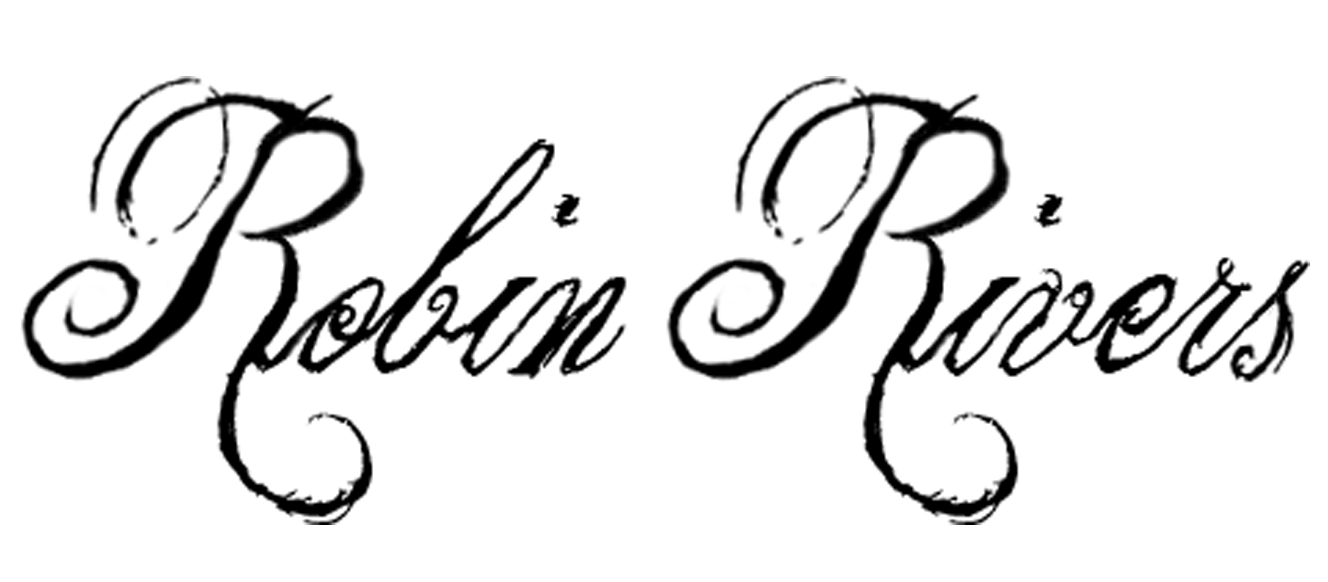Letter writing is so charming. I admit it, I’m a bit of a romantic. If someone truly wanted to win my devotion beyond imagination, a pile of handwritten letters detailing our moments together and our deepest connections wins.
Sadly, letter writing careens quite close to the dead art category. With e-mail, texts, Snapchat, and Twitter, it seems no one recalls the magic of eloquent storytelling in the form of a hand-written personal narrative which connects two people and their shared experience.

However, ditching the romanticism for a moment, I do believe the craft of letter writing holds a slightly secret place in the realm of mastering the art of written communication. It also gives you an edge in competitive academic as well as work environments.
A well-crafted thank you letter in the proper situation can launch you from just another person to thoughtful friend, colleague, to a top candidate. It is the key to becoming memorable, which is so much of the battle in life.
In fact, university admissions teams from NYU and Columbia stated recently that a well-crafted letter following up with them can take an applicant to the top of an application pile. Fortune 500 CEOs have already said that, all job candidates being equal, they will take the one who communicates best in writing.
Knowing how to reach people matters.
That’s why I love to teach it in my writing groups. Students usually come into class thinking, “Well, this is going to be an easy couple of hours. Boring.” and leave thinking, “Mah ghad, that was crazy hard and I loved it.”
It blows their minds.
As challenging as most people find it, they also end up discovering pieces of themselves along the way.
Here’s how I hook them on letter writing:
First, I set the tone and mood with a sweet short film, “Joy and Heron” by Passion Pictures:
[youtube https://www.youtube.com/watch?v=1lo-8UWhVcg]
Thank you letter writing is all about bringing joy to someone else. If you can start with that, a special quality comes through in the writing.
Now, on to the actual writing:

Creating emotional connection through an introduction or hook.
This is my favorite part. Students are usually stumped big-time by this little bit, thinking they should be able to start with “Hi” or “Thank you” right away.
I get them to think about a memory between themselves and the person they are writing to. How can they spark that, start the fire of service or family, devotion or love which drove the other person to connect in the first place?
I call this the big warm hug, where letter writers wrap their arms around someone and say, “I remember. This meant something to me.”

Tell the reader why they got this little gem.
A transition in its most grammar nerd form, this part of the letter really serves to set the reader up for all of the goodness to come.
“I’m here to say thank you for. . .because . . .”
The letter is getting so good now.
Thoughtful details.
The middle of the letter is where most of the energy either builds and creates a truly meaningful experience, or it dies in a wimpy “so what?”.
When I ask students to provide thoughtful details about how a person has influenced their lives, it goes beyond the typical “You have helped me in so many ways.”
“What ways?” I ask, much to their frustration. “This is a person you know well, with whom you have personal experiences. Share those experiences. Help them understand why they made a mark on you.”
GAH! Everyone is erasing like crazy and cramming in details, realizing they are going to have to re-copy this letter rather than just write it once and be done with it.
They think I’m evil for a moment until they see how those personal details make the letter sparkle.
Pull it all together.
Everyone loves a bit of dramatic flair. Use those thoughtful details to build to a joyful culmination where everything comes together and you explain to the reader how each detail lead to their greater impact on your life.
Whoa.
Usually, kids are blown away by this detail when they read it back to me. Even they had no idea, until writing that paragraph, the level of impact a person had on their lives.
There’s some real magic happening by the time they choose their closing salutation and sign their names.
However, there is one final part which I think happens too often when beautiful, emotional letters are written—you can’t forget to drop it in the mail.

Now, imagine yourself after a long day at the office. You climb your front stairs and retrieve a beautiful, hand-written letter from the mailbox.
Inside, a student, friend, or family member carefully crafted a letter sharing their warmest memories of your time together. Then, they thanked you for the experience.
Before that moment, you may not even have known those moments mattered.
Then, joy.
Words are magic.
